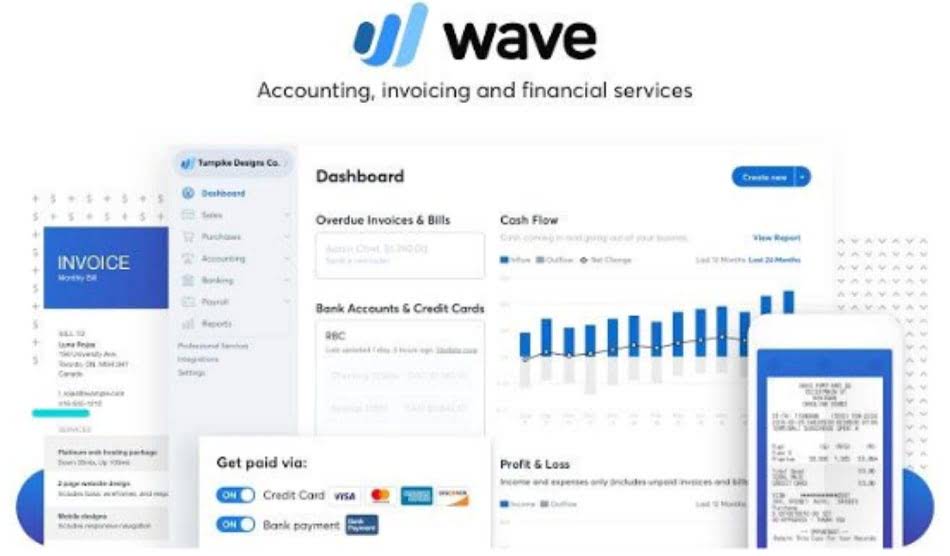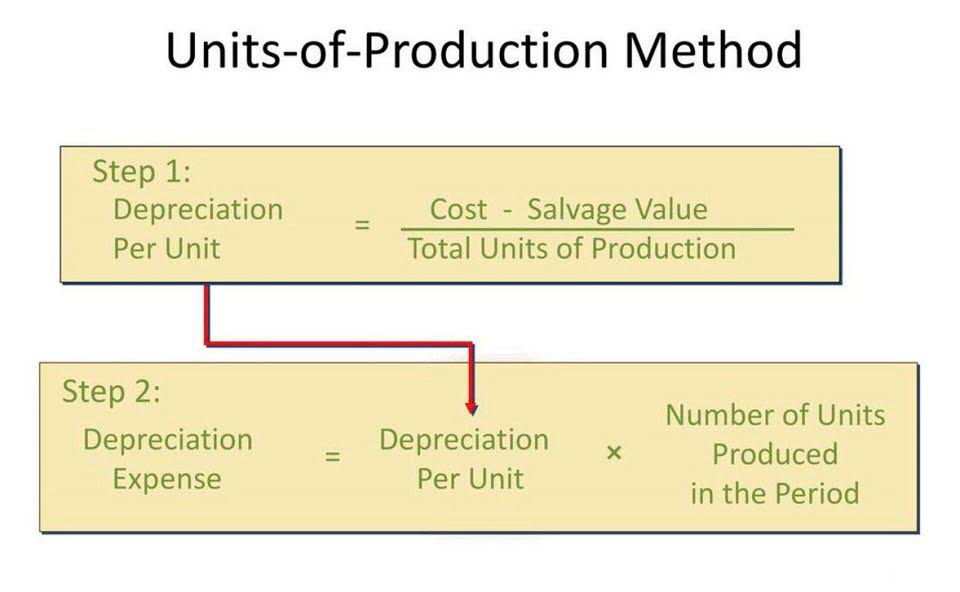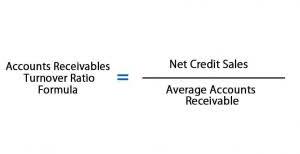
If SG&A costs are too high, they can eat away at profits, which is why companies need to keep these expenses in check. SG&A shows up as a separate line on a company’s income statement, usually below the gross profit. unearned revenue This makes it easy to see how much the business is spending to keep the lights on and to promote its products, aside from the costs of actually making those products. SG&A, which stands for Selling, General, and Administrative expenses, refers to the day-to-day costs a business has to pay to keep running, aside from producing its products. These expenses cover things like advertising, rent, office supplies, and the salaries of people who aren’t directly involved in making the product. It’s kind of like the glue that holds the business together, even though it’s not tied directly to production.
How SG&A Impacts Business Profitability and Costs
Selling, general, and administrative (SG&A) expenses account for the essential costs of running the day-to-day business operations. SG&A will be reported on the income statement in the period in which the expenses occur. Hence, SG&A expenses are said to be period costs as opposed to being part of a product’s cost. Since SG&A expenses are not a product cost, they are not assigned to the cost of goods sold or to the goods that are in inventory. The report is also used by investors and analysts to assess a company’s financial health and to make informed investment decisions. Remember that the classification of certain costs might depend on the specific context and industry.

Selling, General and Administrative Expenses (SG&A) in Accounting
- This covers non-production costs, like administrative salaries and rent, but excludes production costs.
- Hence, SG&A expenses are said to be period costs as opposed to being part of a product’s cost.
- If the expense is directly related to producing a good or service, it is a product cost.
- If a company is running ads or offering bonuses to its sales team for hitting targets, those are selling expenses.
- It can help companies to make informed decisions about their operations and to improve their efficiency and effectiveness.
- SG&A, which stands for Selling, General, and Administrative expenses, refers to the day-to-day costs a business has to pay to keep running, aside from producing its products.
- Cutting back too much on these departments can create bottlenecks, slow down operations, or lead to compliance risks.
For corporate leaders, understanding how SG&A impacts the bottom line can help them make smarter financial decisions and improve operational efficiency. In contrast, the operating profit margin (or “EBIT margin”) is calculated by dividing a company’s operating income by revenue. In order for the SG&A margin to be meaningful, the company’s operating income (EBIT) must be positive, i.e. there are remaining profits after deducting COGS and SG&A from revenue. In summary, the best way to determine whether an expense is an SG&A cost or a product cost is to examine its relationship to the production process and the company’s overall operations. This evaluation will help ensure that the expenses are classified accurately and in line with accounting principles and financial reporting standards. By monitoring SG&A expenses, a company can identify areas where costs can be reduced and implement cost-saving measures, improving the company’s profitability and financial performance.

Selling Expense
For instance, research and development (R&D) costs are considered SG&A expenses in most industries. Still, in certain industries, such as pharmaceuticals, these costs might be treated as product costs due to their direct relationship with developing new products. A company incurs these Restaurant Cash Flow Management expenses to support the company’s administrative functions and management activities. This increase is natural, as expanding businesses need more employees, larger office spaces, and greater marketing efforts to support their growth.
The more a business spends on things like marketing and admin, the less profit it makes. If SG&A costs get too high, it can cut into the money the business has left over to grow or invest in new opportunities. Your income statement reports your business’s profits and losses over a specific period of time.
Since SG&A is subtracted from gross profit to get operating income, this number is critical in understanding a business’s overall efficiency. These include both production and non-production costs, such as raw materials or direct labor. Too much spending in these areas can also suggest the company isn’t running efficiently. On the flip side, smart businesses manage their SG&A expenses carefully, making sure they spend just enough to keep things running without overdoing it. It’s all about finding that sweet spot where spending supports growth without hurting the bottom line. If you’re familiar with operating expenses, you might be wondering what the difference is between SG&A and operating costs.
That way, you know how much money you’re spending in selling expenses and how much in general and administrative expenses. To simplify things, you can also just add together all of your expenses to find your total SG&A expense for the period. SG&A also excludes research and development (R&D) costs, as well as depreciation and amortization, which are different categories of operating expenses.

Well for starters, you can break selling expenses down into direct and indirect costs of selling a product. Direct expenses occur when you sell a product, and they include shipping supplies and delivery charges. Indirect selling expenses include costs you incur before or after a sale, like marketing, advertising, promotional expenses, travel costs, and salaries for salespeople (if sg&a meaning applicable). SG&A includes all the costs related to selling products and running a business, such as marketing, office rent, administrative staff salaries, and utilities. SG&A affects a company’s net income because it’s subtracted from gross profit to get operating income.
